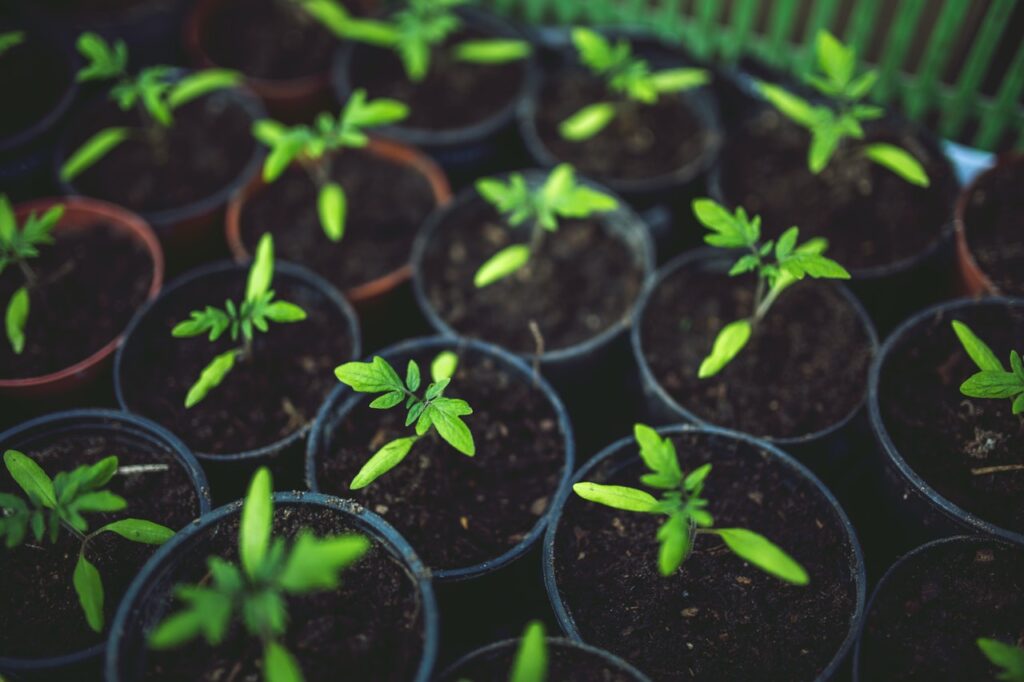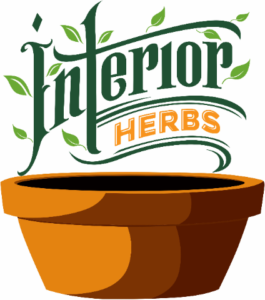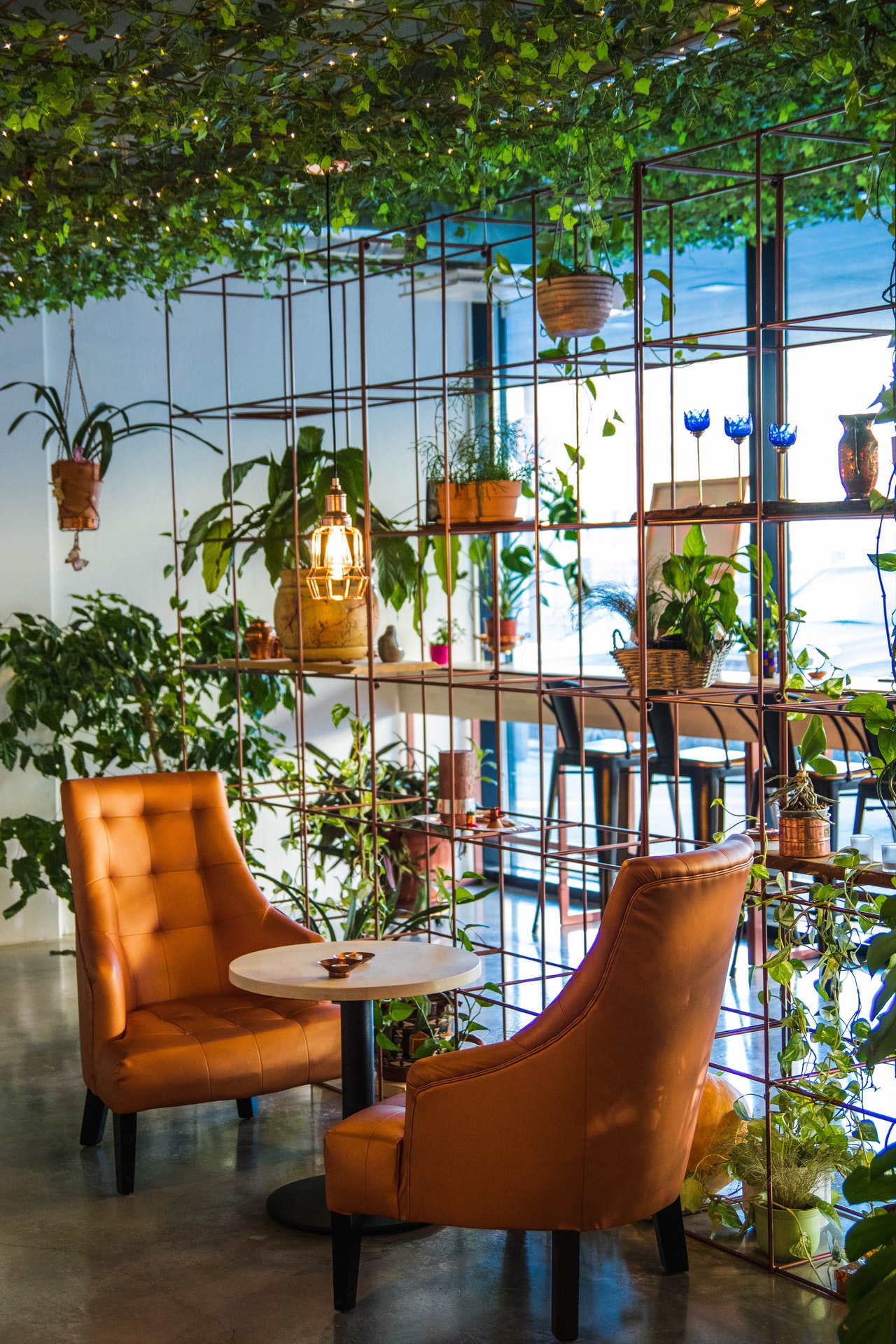Owning an indoor garden is not just a great way to enhance your home decor. The indoor garden keeps the air of your home fresh and clean, along with acting as a great visual treat. Indoor plants require specific conditions for their optimum growth.
Proper sunlight, air and soil conditions are necessary for their survival. Another important condition for plant growth is proper watering. This begs the question- Do indoor plants need drainage?
Indoor plants do require drainage. In fact, proper drainage is critical to plant health. Water logging is one of the many problems faces by gardening enthusiasts who do not plant for proper drainage conditions. Most of the indoor plants are potted. And if there is no proper drainage for these plants, the plant growth may get hampered.
Water is essential for plants. But everything should be given in moderation. Excessive water, more than the capacity of the roots to absorb, may be deterring for plants. So let us discuss why indoor plants need drainage?
Allowing Roots To Breathe Freely
Roots are the most vital part of a plant. They absorb the essential nutrients from the soil. They help in transporting water from the soil to the various parts of a plant. If there is insufficient drainage, then the roots will not get enough air. This will affect their normal functioning and become disastrous for your plants. This is one of the many reasons that adequate drainage is important while watering your indoor plants.
Healthy roots mean healthy plants. Root rot is something most plants cannot easily recover from. This is something that every gardener knows. Yet over watering is one of the most common reasons that indoor plants die. For effective plant growth, drainage is of paramount importance.
Avoiding Bacterial And Fungal Diseases
Moist soil may become the hub for bacteria to grow. Fungus thrive on moist conditions too. Too much water may help them multiply in number and do damage to your plant.
Soil can also act as a growing habitat for other organisms that could adversely affect your plants. To avoid such conditions, proper drainage becomes essential. For more information on the best soils for your plants, read our article on the matter.

Flushing Salts From The Soil
Flushing of salts from the soil is also important. Salts can also clog the soil leading to ineffective watering. Some salts may even be harmful for your indoor plants.
Proper drainage will flush out harmful salts and create the right kind of soil conditions needed for the proper growth of your plants.
While Fertilizing Your Plants
As mentioned above, drainage helps in flushing the salts that could pose a threat to the plant. Adequate drainage also becomes essential when it comes to fertilizing your indoor houseplants. While adding fertilizer to your plants, you may add more than what is required. This extra fertilizer, instead if helping the plant, may become harmful.
The extra fertilizer touching the roots of the plant may burn them. That is not what a gardener would want. An effective drainage system for the plant would ensure that the fertilizer left is quickly drained down.
It would seep down and be cleaned by water before becoming a threat for your plant. This way, drainage for indoor plants help avoid root burning that can occur through fertilizers.
These are some of the reasons why plant drainage is not only effective, but essential for plant growth. It helps prevent adverse conditions that could affect the plant. It also helps in ensuring that the pots are not filled with excess water and become a breeding ground for insects.
All these reasons are what makes gardeners go for good drainage for their indoor plants. Now that we have discussed the reason for it, lets talk about the way you can ensure that your plants get adequate drainage.
Adding Holes To The Pot
Most of the pots in the plants have a central hole at the bottom. This tiny space can do wonders for your plants. This hole is created for the sole purpose of better drainage. The excess water that neither the soil is able to retain nor the roots are able to absorb, is drained down through this hole. It prevents water logging and preserves the precious plant roots
While various kinds of plants have different drainage needs, only few can tolerate stagnant water. A hole in the pot makes it easier for you to be assured of your plant’s safety. Shoreline plants love wet soil.
So in case you do have some pots which do not have holes, consider using them in your indoor garden. A well drained plant will not only show signs of good growth, it will be visibly appealing to look at.
But what should you do if you have pots that do not come with a hole in them? This can happen many times. There are many decorative pots and wraps which look amazing on the outside, but lack the basic structure required for optimum plant growth.
While you may fall in love with the wrapping, it may be horrible for your plant. To solve this problem, create a hole at the bottom of the foiling. This way, both you and your plant would be happy.
You can also use a pot liner to fit inside the pot, before planting your green buddies in them. The wrapping can then be put to use by preventing the extra water to leak out where it is not wanted. You can remove the wrapper some time after a watering session.
Use the leftover water accordingly, and then again cover the pot with it. In this way, you not only prevent water logging and promoting effective drainage, but also make the garden look elegant.
What we have discussed is called double potting. Let us understand how it works.
Double Potting
Slipping a container inside a larger container is called double potting. This easy process can help you in providing effective drainage to your indoor plants. Double potting is used to grow the plants in a pot liner. The pot that is used is mostly a small plastic pot. It can be kept in an attractive container. This plastic pot should have a hole in it.
This is the most effective technique to ensure proper drainage for an indoor plant. It can also be used to change seasonal displays. You can change the outer container as frequently as you want, without disrupting the roots of your plant.
Self Watering Pots
Self watering pots are like a dream come true for all gardeners. They effectively draw water from the bottom reservoir without causing the soil to become too wet and cause water logging. Water is drawn up from the soil using capillary action or moisture sensors.
These pots keep the soil wet enough for the roots to absorb water effectively. They are in high demand nowadays. Consistently available water is great for vegetables and houseplants. Even gardener with their regular gardening sessions may not be able to provide such amazing conditions.
Use Pebbles
Using pebbles is another way to ensure adequate drainage for your indoor plants. A layer of pebbles can act as a drainage method to help in your plant’s growth. The excess water goes in the space between the pebbles, away from the soil and in turn, away from the roots of your plants. This way you can save your roots from rotting and ensure effective drainage at the same time.
This is also a great method because by adding the pebbles, your are propelling the plant to a better height. This prevents plant suffocation. A plant with good height can get more air to breathe and in turn will develop more effectively. Water around the pebbles also give the right amount of humidity needed for the plants to grow.
These are some ways through which you can ensure adequate drainage for plants without holes in their pots.
Indoor plants need proper drainage for their survival. Without an effective drainage system, they may face root rots and bacterial diseases. This may hamper their growth. So, ensure that your green buddies are properly drained!

Sam is a graduated biologist who sub-specialised in Botany in his final years. With a passion for human health and food, this was the perfect marriage of his interests. Having been born in the country but spent most of his life living in cities, this blog was his answer to learning how to grow a garden indoors if you didn’t have ample space outside.

